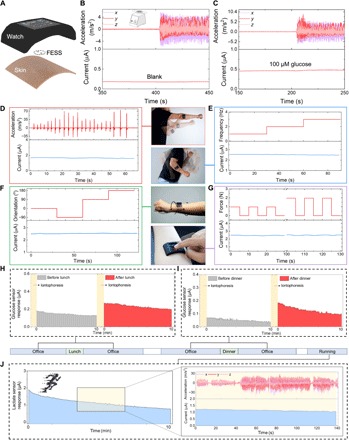Fig. 4. Custom-developed FESS-integrated smartwatch for on-body application.

(A) Illustration of the FESS-enabled smartwatch (containing FESS, LCD screen, PCB, and battery units housed within a 3D-printed case). (B and C) Ex situ characterization of the FESS-PCB glucose-sensing system response upon vortical vibration (FESS electrode: 6 mm2, microfluidic channel height: 170 μm, and volume: 4 μl). The vibrational acceleration profiles are presented in the top half, and the sensor responses are captured in the bottom half when tested in PBS (B) and 100 μM glucose in PBS (C). (D to G) On-body signal fidelity characterization of a FESS-PCB lactate-sensing system with a subject performing shadow boxing (D), arm swinging (E), wrist twisting (F), and device pressing (G). The acceleration, frequency, orientation, and force profiles are presented in the top half, and sensor responses are captured in the bottom half. (H to J) Monitoring the subjects’ metabolite profiles through various daily events and in different settings. Iontophoretically induced sweat glucose were measured before and after lunch (H) and dinner (I). (J) Sweat lactate measurements during exercise (a representative motion-induced acceleration profile is shown on the right). (Photo credit: Peterson Nguyen, Kaili Chiu, and Yichao Zhao, University of California, Los Angeles.)
